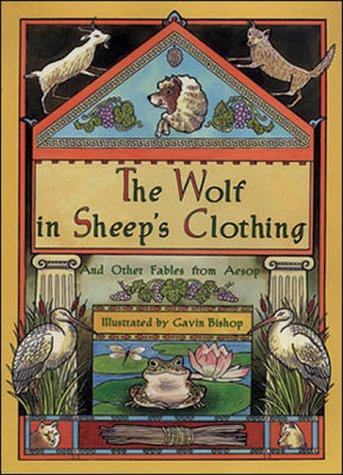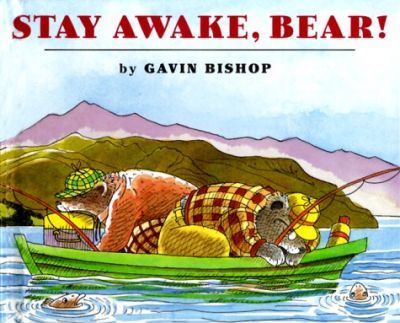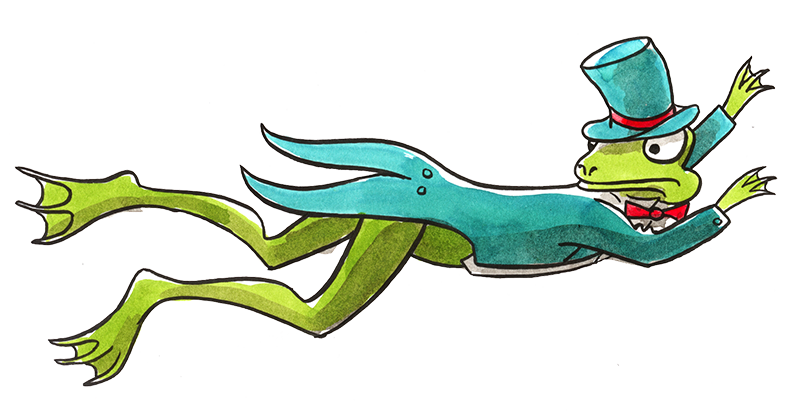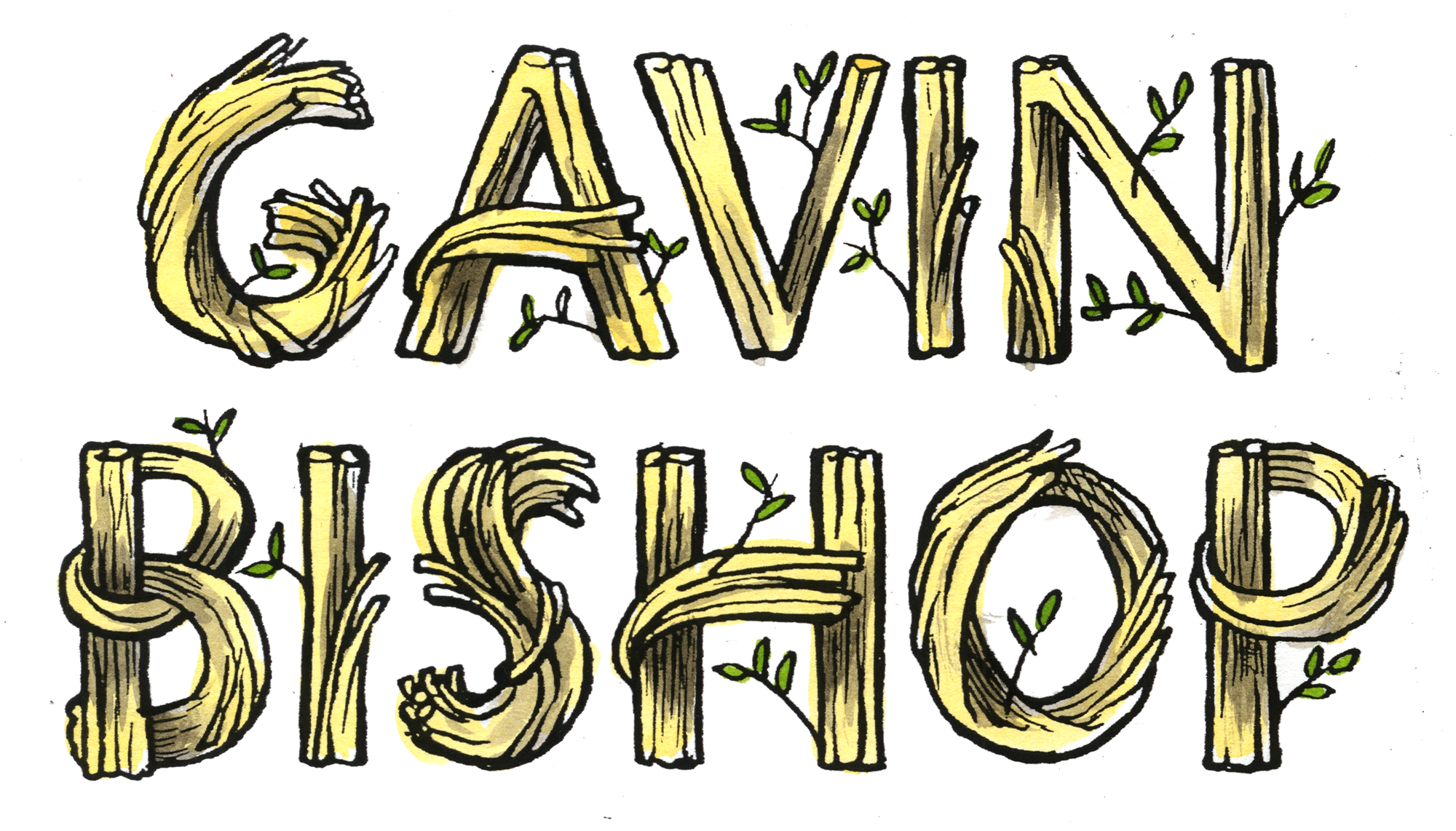
Older Books
Part 3
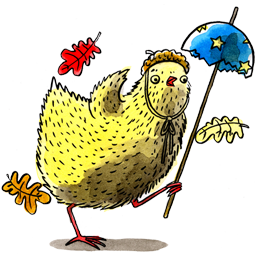


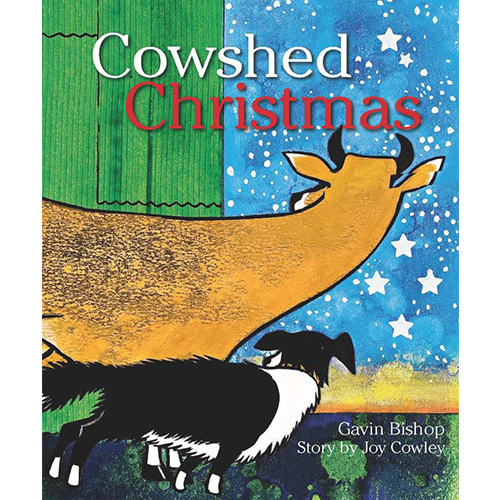
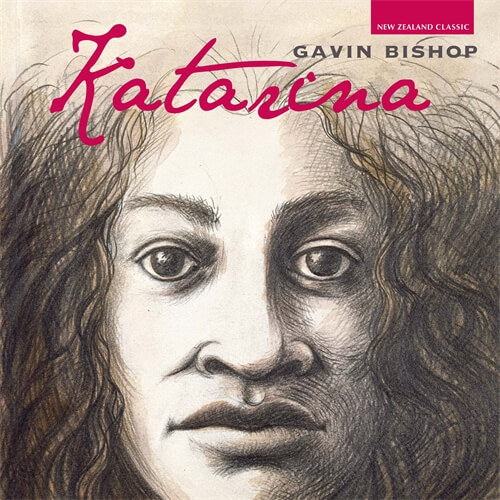
This story is based on the real life of Katarina (Catherine) McKay, 1842-1935 and has special meaning for the author. Katarina was Gavin Bishop's great-aunt and her brother Banjo was his grandfather. In the winter of 1861, Katarina, a young Maori woman, leaves her tribal home in the North Island of New Zealand and travels south to join her Scottish husband in the far south of the South Island. In 1863 Governor Grey begins his assault on the Waikato, Katarina's home, in an attempt to force the Waikato Maori to give up more of their land to European settlers. Katarina's contact with her northern family is gradually lost until her brother Banjo suddenly joins her
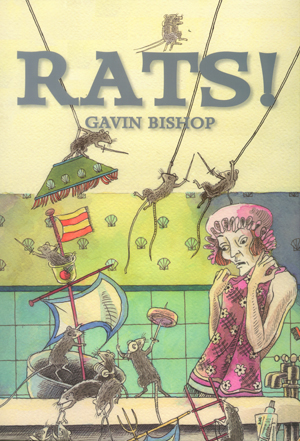
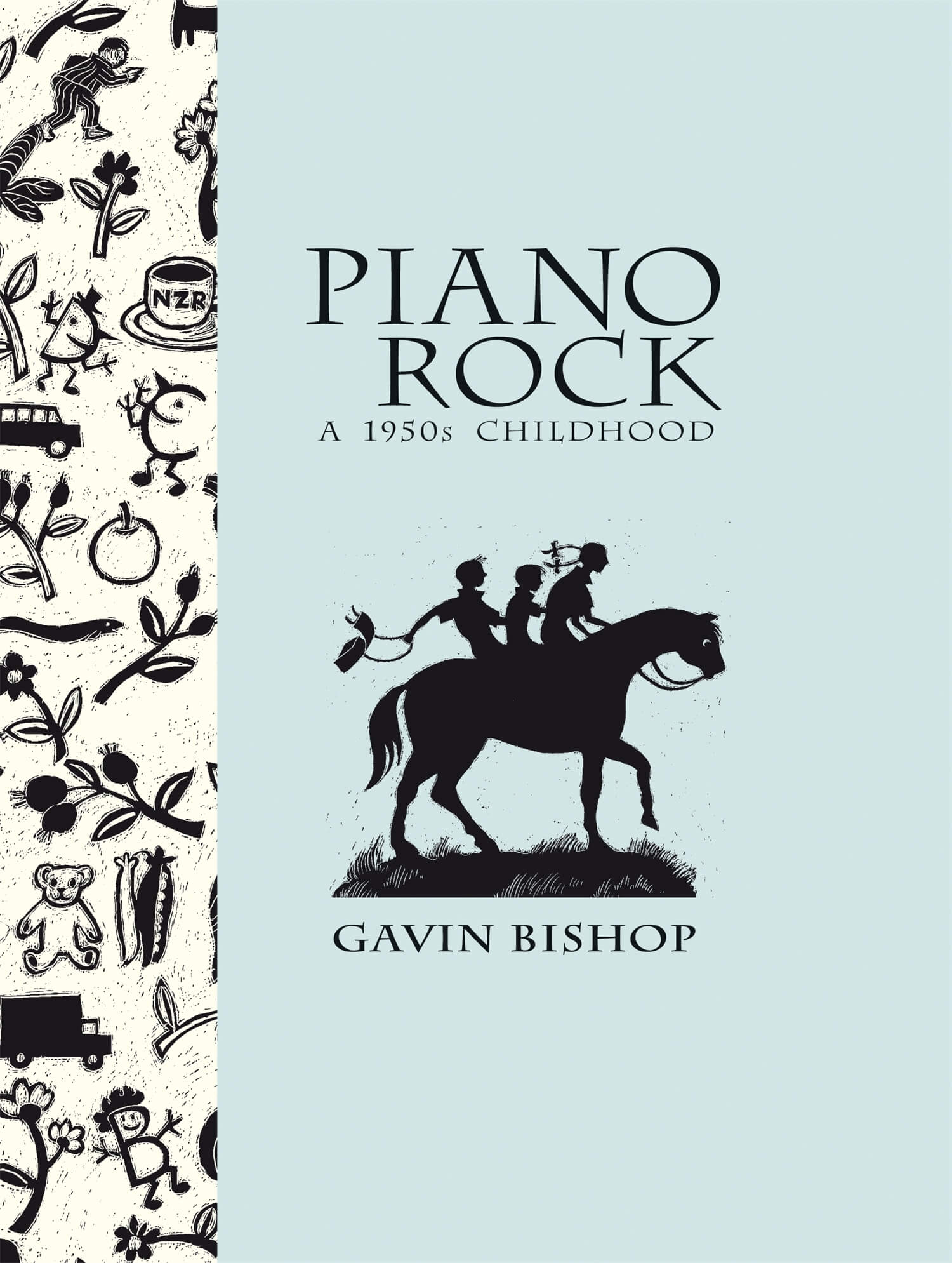
- Shortlisted for NZ Post Children's Book Awards 2009
- Shortlisted for LIANZA Elsie Locke non-fiction prize 2009
- BPANZ Design Award 2009- CLFNZ Notable Book 2009
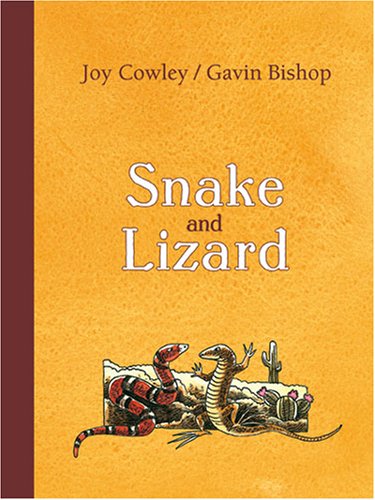
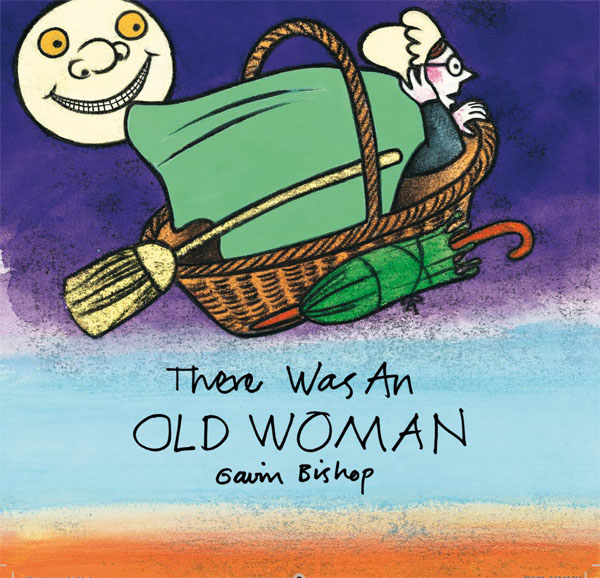

Jackal on the other hand was not very big and he was not very brave. But he was clever and he liked to play tricks.In this retelling of a traditional African folk tale Jackal proves that brains can be mightier than brawn.


Hinepau, a Maori woman with the sunset red hair and the greenstone coloured eyes is a weaver, but all of her weaving is inside out or back to front. Is she a witch? The rest of her tribe thinks so, so she is sent away to live on her own in a hut surrounded by a hundred flax bushes. There she sits all day weaving the patterns of nature into her weaving. Meanwhile, back in her village a great meeting house is built but no care is taken to say the proper prayers and give thanks to the gods of the forest for providing the huge trees that are needed to construct the new building.
On the night of the grand opening of the meeting house the volcano, at whose feet the village nestles, erupts and the next morning the whole tribe wakes up to find the countryside, for as far as a bird can fly, has disappeared under a thick blanket of ash. Is it their punishment to die slowly of hunger and thirst?Hinepau, the outcast, saves her people in an unexpected way and in doing so she commits the ultimate sacrifice.
The heroine in this story, inspired by Gavin Bishop's Maori ancestry, carries his mother's name, an old family name which goes back hundreds of years. And like some of his family, she is Ngati Pukeko (Ngati Awa) from near Whakatane, on the east coast of the North Island of New Zealand.
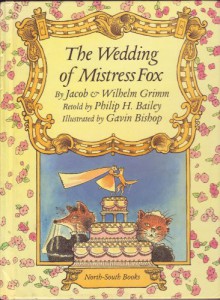
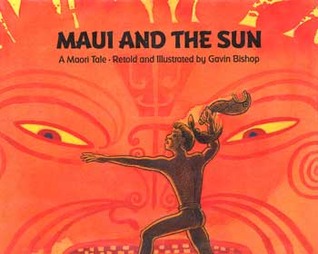

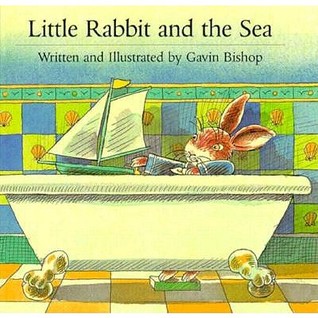
“In Bishop's tender story, a young bunny yearns to visit the ocean, and dreams every night that ‘he sailed in his little boat with the wind in his ears.” The author's choice to deny his wide-eyed hero the expected closure results in a more powerful work, a poignant and affirming tribute to the powers of imagination.
“Dressed in a sailor suit, Little Rabbit tries to find out what the sea is like. His grandmother says it is ‘wild and quiet, a bit of both.’ His father says it is ‘blue and wide, never ending” and a painter uncle describes it as ‘dark and salty, like cider vinegar.’
“When a seagull drops a sea shell at Little Rabbit's feet, he puts the shell to his ear and opens up his mind’s eye: in the final pages, he has vividly imagined himself to be the complete sailor, bounding over the waves.
“The spare text (usually no more than three lines to a page, often set on an expanse of white space) exudes the quiet rhythms and heightened resonance of poetry, and the austerity of the narrative voice makes a fitting counterpoint to the sumptuous, full-bleed water color and ink illustrations. Rendered in aquatic blues and greens with splashes of burnt orange, the pictures radiate a lustrous quality reminiscent of ceramic glaze. There is such grace in Bishop's ink strokes that every page seems animated with a gentle breeze.”
- American Publishers' Weekly, October 1997
“The imagery is wonderfully fitting...the combination of design and short text makes this title especially accessible to beginning readers. While it will also be popular with preschoolers, it will make a nice introduction to the study of imagery and adjectives for slightly older students.”
– American School Library Journal, 1998
